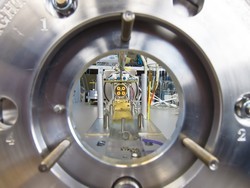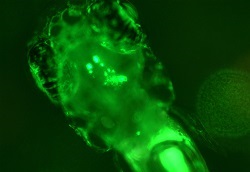New cold chemistry technologies
Coulomb crystals are formed when atomic ions are cooled to the point of forming a crystal lattice structure. They provide scientists with a unique medium to study cold ion-molecule reactions. The EU-funded ROCMI (Reactions of cold molecular ions) initiative aimed to provide accurate and precise experimental data on such reactions for the first time. Researchers first developed a laser-driven cooling technique and then devised further methods to study the cold reactions. Their first method, digital ion trap (DIT) mass spectrometry, enables precise measurement of mass-to-charge ratios and proportions of each species within a crystal. For instances where DIT is not appropriate, researchers developed a technique called damped cosine trap (DCT), which showed excellent detection efficiency and mass resolving power. With these techniques, researchers could analyse the reaction between xenon ions and neutral ammonia molecules. The goal was to investigate the influence that collision energy has on reaction rate constants and product formation. Insights gained in this study will help provide stringent benchmarks against which theoretical models could be tested. Such investigations also ensure that the European scientific community remains at the forefront of cold chemistry research.







